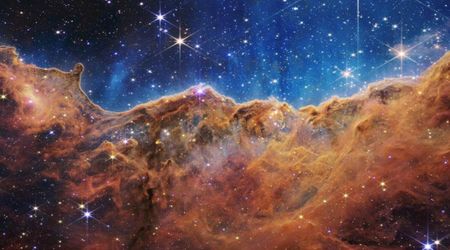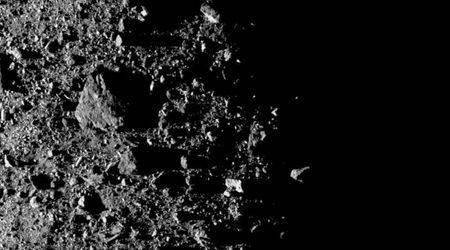NASA reveals how you can observe the eagle constellation, Aquila, soaring overhead in July

The prominent constellation Aquila, the Eagle, is set to take center stage in the Northern Hemisphere's night sky in July and August. Appearing in the eastern sky during the first half of the night, Aquila's most luminous star, Altair, serves as the southernmost point of the easily identifiable Summer Triangle, according to NASA.

This celestial eagle, Aquila, drawing its name from the powerful emissary and lightning-bearer for the Greek god Zeus, ascends to its highest point during this period. While Altair shines brightly, the remaining stars of Aquila present a greater observational challenge, particularly for those in light-polluted areas. However, seasoned observers recommend envisioning the eagle in flight, soaring northward with outstretched wings, with its right wing pointing towards Vega. Once Altair and the constellation's next brightest star are located, the distinct shape of the eagle becomes more discernible.
Venus, Mars, Jupiter, Saturn — and a soaring stellar eagle!
— NASA (@NASA) July 2, 2025
Our "What's Up" series breaks down what you might see in the night sky this July: https://t.co/ZFXnbNh2Yz pic.twitter.com/Nlto065JGt
The latter half of July offers optimal viewing conditions for Aquila. The Moon's delayed rise during this period ensures minimal interference, allowing for clearer observation of the constellation's dimmer stars. Identifying Aquila can be a rewarding endeavor for amateur astronomers, transforming the summer night sky into a canvas for this mythical raptor.

NASA also shares insights into planetary visibility for July, offering several other opportunities for spotting celestial bodies. For the first week of the month, Mercury makes a brief appearance very low in the western sky, visible 30-45 minutes after sunset. Observers should be quick, as it dips below the horizon within an hour. Mars is also visible in the early evening, appearing for the first hour or two after dark. Throughout July, the Red Planet will gradually sink lower and dim slightly as Earth and Mars drift farther apart in their orbits. July also marks the 60th anniversary of NASA's Mariner 4 mission in 1965, which provided the first close-up images of Mars, revealing its thin, cold atmosphere. As the evening progresses, Saturn becomes visible, rising late and reaching high overhead in the south by dawn.

For early risers, Venus will be a brilliant beacon in the eastern sky, visible a couple of hours before sunrise. It will share the morning sky with the Pleiades star cluster and the bright stars Aldebaran and Capella. Towards the end of the month, Jupiter joins the morning celestial display, rising an hour before sunrise and appearing higher each day. By late July, the two brightest planets will grace the pre-dawn sky, heading for a close conjunction in mid-August and remaining a fixture of the morning sky through late this year. You can also catch Venus and Jupiter together with the crescent moon on July 21 and 22.

Apart from planets, a dazzling meteor shower awaits. The Southern Delta Aquariids Meteor shower is expected to reach its peak during the night of July 29-30. With a waning crescent moon setting early, conditions will be exceptionally dark, providing an excellent opportunity to observe these generally faint meteors. Active from July 18 to August 12, the shower may produce a rate of 10 to 20 meteors per hour during its peak.









